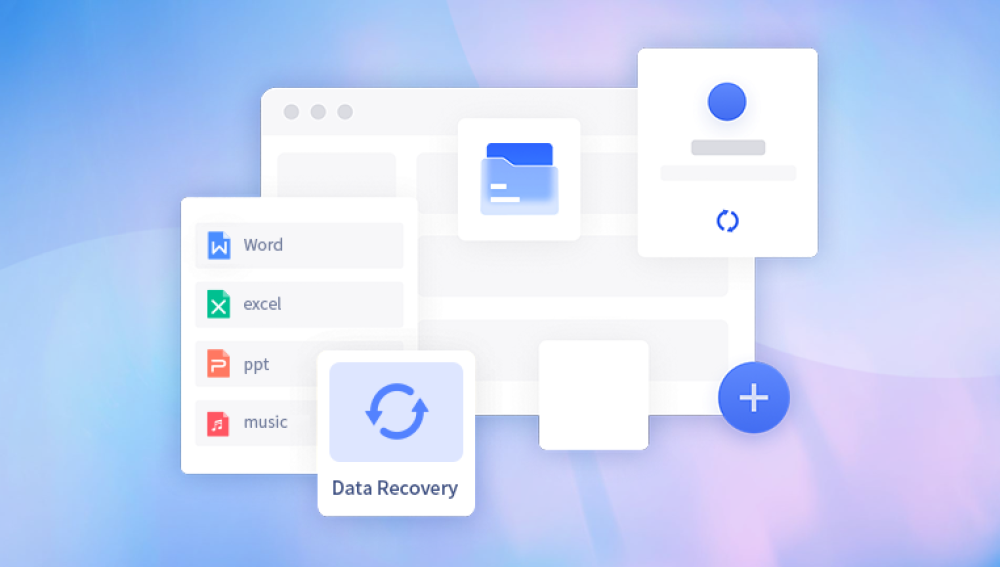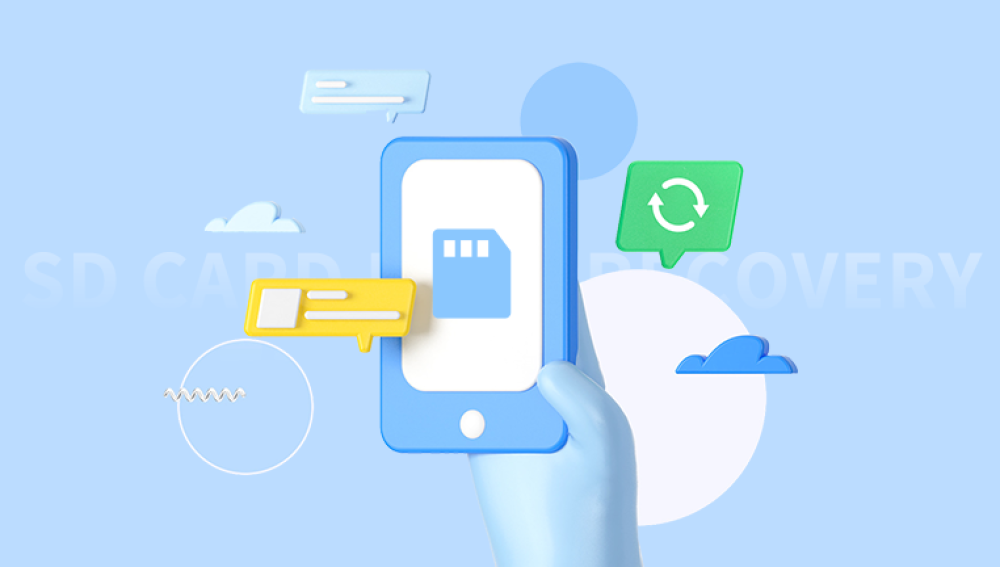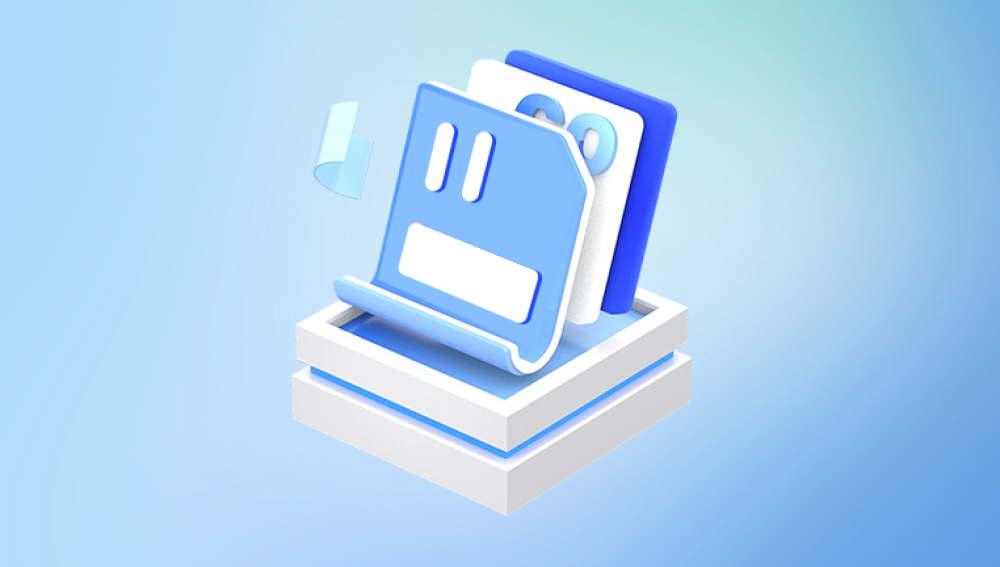Losing precious photos from an SD card can be distressing. Whether due to accidental deletion, formatting, or corruption, it’s essential to act quickly to maximize recovery chances.
Before diving into recovery methods, it's crucial to understand how data is stored on an SD card. When you delete a file, it isn't immediately erased; instead, the space it occupies is marked as available. Until new data overwrites this space, the deleted file remains recoverable.
Step 1: Stop Using the SD Card
Immediately stop using the SD card if you realize you've deleted photos. Continuing to use it increases the likelihood of overwriting the deleted data, making recovery much more difficult or even impossible.
Step 2: Assess the Situation
Accidental Deletion: If you accidentally deleted the photos, check your device's recycle bin or trash. Sometimes, files can be restored easily from there.
Formatting: If you formatted the SD card, don’t panic! Formatting typically doesn’t erase the data immediately; it merely marks the storage space as available.
Corruption: If the card is corrupted, it may not be readable by your device. In this case, recovery software becomes crucial.

Step 3: Use Recovery Software
There are numerous recovery software options available. Below are some recommended tools and a step-by-step process for using them.
Recommended Recovery Software:
Drecov Data Recovery is a powerful and user-friendly software designed to assist users in recovering lost or deleted files from a variety of storage devices, including SD cards, USB drives, external hard drives, and SSDs. With its intuitive interface, Drecov Data Recovery caters to both novice and experienced users, making the recovery process straightforward and accessible.
A notable feature of Drecov Data Recovery is its preview function, which allows users to view recoverable files before completing the recovery process, ensuring they retrieve the correct items. With regular updates and reliable customer support, Drecov Data Recovery stands out as a trusted solution for data recovery needs. Whether facing minor data loss or more significant challenges, Drecov Data Recovery offers the tools and expertise to restore your valuable files efficiently and effectively.
Using Recovery Software: A Step-by-Step Guide
Download and Install Software: Choose one of the recommended software options and install it on your computer. Make sure to install it on a different drive than the SD card to avoid overwriting deleted data.
Connect the SD Card: Use an SD card reader to connect your SD card to the computer. Ensure it’s recognized by the system.
Launch the Recovery Software: Open the installed software. Most recovery tools will prompt you to select the device you want to recover data from.
Select the SD Card: Choose your SD card from the list of available drives. Ensure you select the correct one to avoid confusion.
Choose the Type of Scan: Most software will offer options for a quick scan or a deep scan. If you’re not successful with the quick scan, opt for a deep scan, which may take longer but is more thorough.
Start the Scan: Begin the scanning process. Depending on the size of the SD card and the amount of data, this process can take some time.
Preview and Recover: Once the scan is complete, the software will display recoverable files. Use the preview function to check the photos you wish to recover. Select the files you want and click on the recovery option.
Save the Recovered Files: Choose a different storage location (such as your computer’s hard drive) to save the recovered files. Avoid saving them back onto the SD card to prevent overwriting any remaining deleted data.
Step 4: Check File Integrity
After recovering your photos, it’s essential to check their integrity. Open each file to ensure that it has not been corrupted during the recovery process. If some files are damaged, you may need to try different recovery tools or methods.
Step 5: Prevent Future Data Loss
To minimize the risk of losing data in the future, consider implementing the following best practices:
Regular Backups: Frequently back up your SD card data to another storage medium or cloud service. This ensures you have multiple copies of important files.
Use Safe Removal Practices: Always safely eject your SD card from devices to prevent corruption.
Keep Software Updated: Use updated versions of recovery software and maintain your devices with the latest firmware to enhance compatibility and performance.
Check for Corruption Regularly: Occasionally, run diagnostics on your SD card to check for errors or corruption.
Step 6: Professional Data Recovery Services
If recovery software fails to retrieve your photos, you might consider professional data recovery services. These experts use advanced tools and techniques to recover data from severely corrupted or damaged storage media. Be prepared for potential costs, as professional recovery can be expensive.
Recovering deleted photos from an SD card is feasible with the right approach and tools. By acting quickly, using reliable recovery software, and following best practices for data management, you can often restore your lost memories. Remember, prevention is key regular backups and safe handling of your devices can save you from the stress of data loss in the future.




